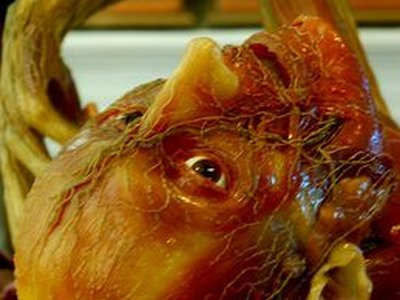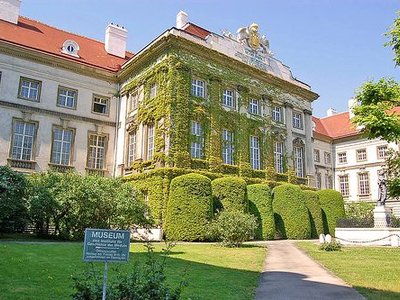Josephinum Medical Museum


Once an academy for aspiring
imperial army surgeons, the Josephinum is now a medical museum housing the second largest collection of wax anatomical models in the world, and the largest collection of wax obstetric models. Protected in their original rosewood and venetian glass displays from the late 1700s, the 1,192 models of dismembered body parts and whole figures were created to train medical students in an age when corpse dissection was still messy, inconvenient and, in some places, illegal. The details are exquisitely accurate, down to the wax-dipped thread serving as veins and arteries.
In order to get these 1,192 fragile objects from the wax-artists workshop in Florence to Vienna, Austria in the 18th century, the models were painstakingly carried over the alps by pack mule, and then traveled by Danube river the rest of the way to their new home.
Arguably the most beautiful model is the “Anatomical Venus”. The wax woman, inspired by the goddess of beauty, lies supine in a glass coffin with her chest splayed open to reveal her inner workings. With long hair, eyelashes, pearls and a gold headband, this gutted Snow White is an exquisite example of the 18th century marriage of art and science. The museum also has a large collection of early medical instruments.
Clemente Susini’s wax models, painstaking to produce and incredibly fragile, can be seen in only a few other locations throughout the world, including
La Specola Museum in Florence
, the
Semmelweis Museum in Budapest
, and the
Wax Anatomy Museum ot University of Cagliari.